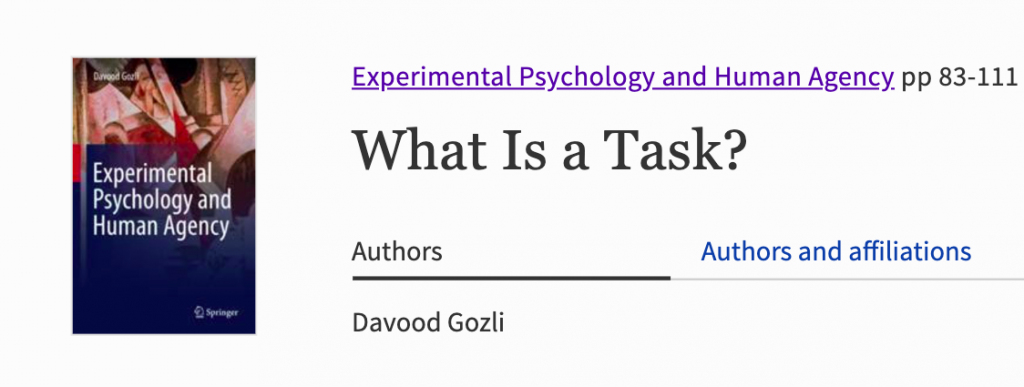In the first post in this series, I wrote, “a shopping list is not an argument”. This is a useful point of reference for us in understanding arguments, and the practice of argumentation. Now in this post we want to imagine a way in which a shopping list can turn into an argument. Or, at least, we want to see how a shopping list can begin to resemble an argument.
Think of a concrete shopping list. Imagine someone has given you a list of items to buy, including for instance, “eggs”, “milk”, “baking powder”, “butter”, “flour”, “chips”, etc.
Notice the relationship you can have with the list. In one sense, the list is offering instructions, simple and clear. In another sense, the motive behind the list is unknown to you. You don’t know how each item is going to be used. You don’t know which item is essential, for example, and which is optional. You don’t have access to the motives that have produced the list.
Now imagine one additional note at the end of the list. The creator of the list has added, “I am baking blueberry muffins. Get all the ingredients“. With this simple addition, something else is revealed about the list and its motives. No new item is added to the list. No concrete action or instruction is requested. But the list now shows something about its organization, and we now see that the “flour” and the “baking powder” are essential, and both have to be purchased. On the other hand, the “chips” are probably low in priority.
The second list is organized, similar to how an argument is organized. The second list has something of an overarching aim, similar to how an argument is driven and organized by an overarching aim. In addition, and this point is more crucial for me, the two lists relate to you (the reader of the list) differently.
The first list uses you as a tool, as a mindless instrument of obtaining the items. By obtaining the items, you’d be enacting the agency of the person who created the list, without knowing why. The second list, by contrast, acknowledges your capacity to understand reasons. The second list informs you about the reason. In doing that, the second list treats you more as an autonomous agent, as an equal, compared to the first list.
The differences between the two lists (1. coherence, organization; 2. treating the recipient as an autonomous agent), are related to why I emphasize argumentation in my teaching. They are related to why I value to practice of building arguments far more than the practice of memorization. Argumentation is an exercise in reasoning, but it is also an exercise in responding to an ethical demand–the ethical demand that comes with understanding the dignity and autonomy of others.
